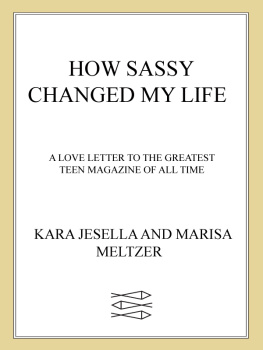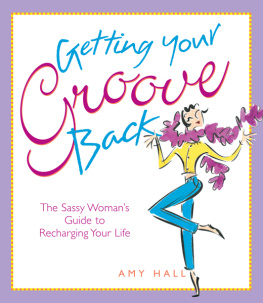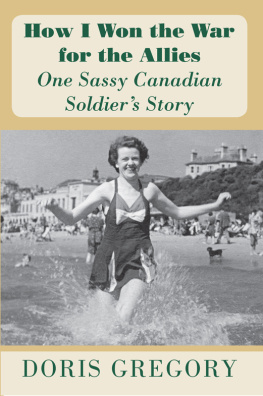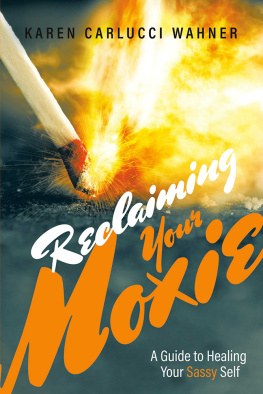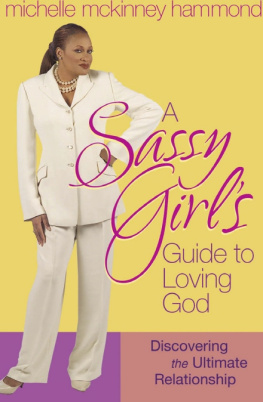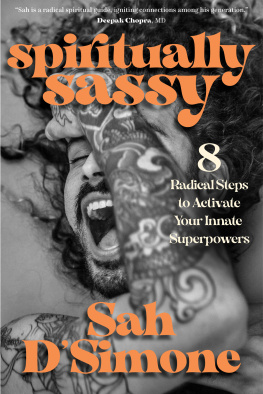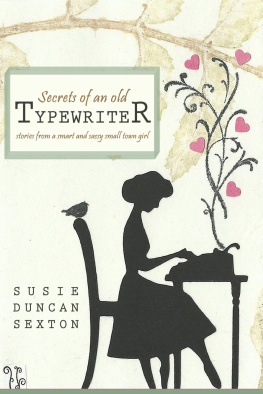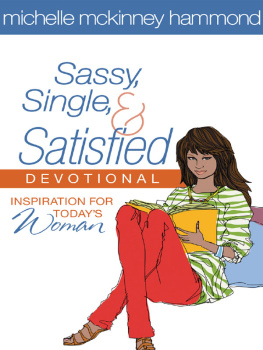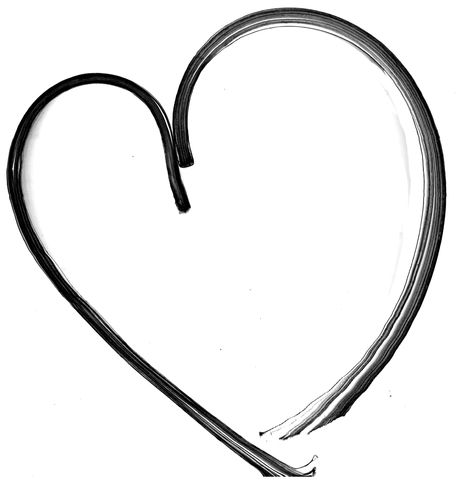Kara Jesella - How Sassy changed my life: a love letter to the greatest teen magazine of all time
Here you can read online Kara Jesella - How Sassy changed my life: a love letter to the greatest teen magazine of all time full text of the book (entire story) in english for free. Download pdf and epub, get meaning, cover and reviews about this ebook. year: 2012, publisher: Farrar, Straus and Giroux, genre: Detective and thriller. Description of the work, (preface) as well as reviews are available. Best literature library LitArk.com created for fans of good reading and offers a wide selection of genres:
Romance novel
Science fiction
Adventure
Detective
Science
History
Home and family
Prose
Art
Politics
Computer
Non-fiction
Religion
Business
Children
Humor
Choose a favorite category and find really read worthwhile books. Enjoy immersion in the world of imagination, feel the emotions of the characters or learn something new for yourself, make an fascinating discovery.
- Book:How Sassy changed my life: a love letter to the greatest teen magazine of all time
- Author:
- Publisher:Farrar, Straus and Giroux
- Genre:
- Year:2012
- Rating:4 / 5
- Favourites:Add to favourites
- Your mark:
How Sassy changed my life: a love letter to the greatest teen magazine of all time: summary, description and annotation
We offer to read an annotation, description, summary or preface (depends on what the author of the book "How Sassy changed my life: a love letter to the greatest teen magazine of all time" wrote himself). If you haven't found the necessary information about the book — write in the comments, we will try to find it.
For a generation of teenage girls, Sassy magazine was nothing short of revolutionary--so much so that its audience, which stretched from tweens to twentysomething women, remains obsessed with it to this day and back issues are sold for hefty sums on the Internet. For its brief but brilliant run from 1988 to 1994, Sassy was the arbiter of all that was hip and cool, inspiring a dogged devotion from its readers while almost single-handedly bringing the idea of girl culture to the mainstream. In the process, Sassy changed the face of teen magazines in the United States, paved the way for the unedited voice of blogs, and influenced the current crop of smart womens zines, such as Bust and Bitch, that currently hold sway.
How Sassy Changed My Life will present for the first time the inside story of the magazines rise and fall while celebrating its unique vision and lasting impact. Through interviews with the staff,...
Kara Jesella: author's other books
Who wrote How Sassy changed my life: a love letter to the greatest teen magazine of all time? Find out the surname, the name of the author of the book and a list of all author's works by series.

